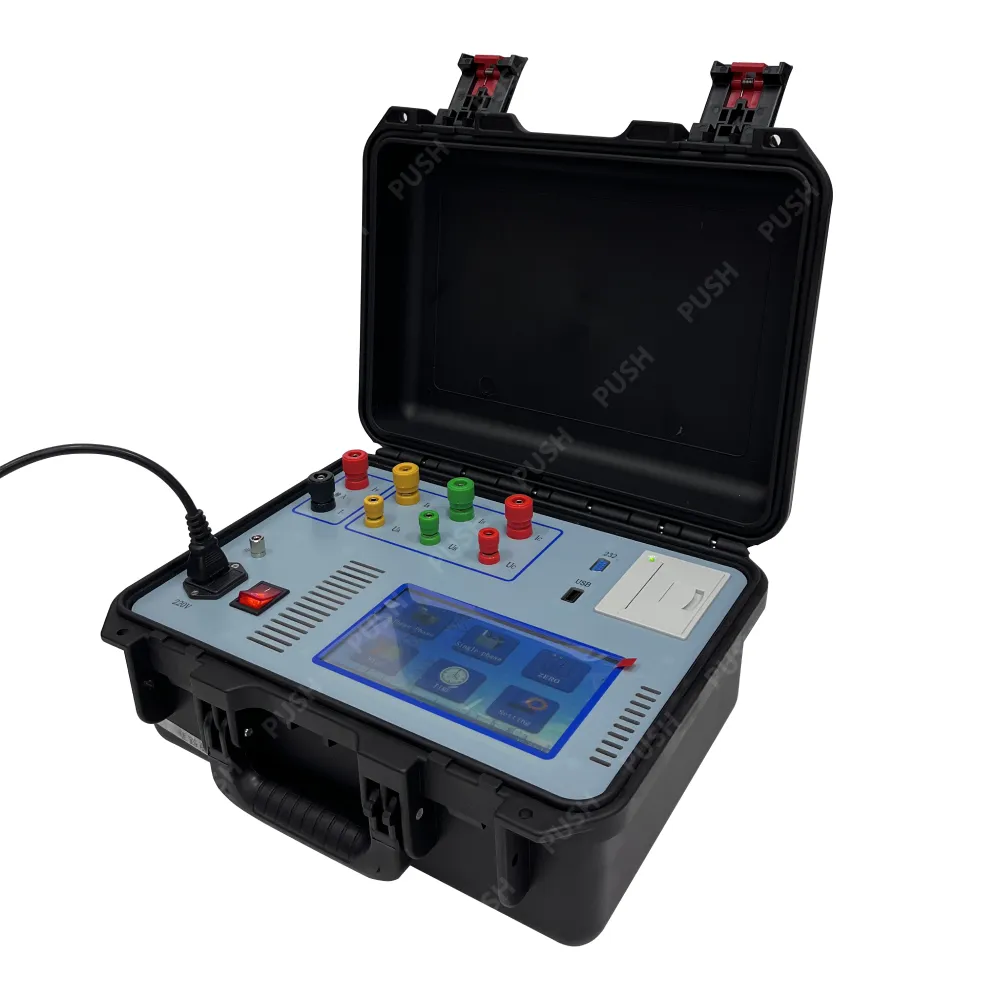 English
English



-
 Afrikaans
Afrikaans -
 Albanian
Albanian -
 Amharic
Amharic -
 Arabic
Arabic -
 Armenian
Armenian -
 Azerbaijani
Azerbaijani -
 Basque
Basque -
 Belarusian
Belarusian -
 Bengali
Bengali -
 Bosnian
Bosnian -
 Bulgarian
Bulgarian -
 Catalan
Catalan -
 Cebuano
Cebuano -
 China
China -
 China (Taiwan)
China (Taiwan) -
 Corsican
Corsican -
 Croatian
Croatian -
 Czech
Czech -
 Danish
Danish -
 Dutch
Dutch -
 English
English -
 Esperanto
Esperanto -
 Estonian
Estonian -
 Finnish
Finnish -
 French
French -
 Frisian
Frisian -
 Galician
Galician -
 Georgian
Georgian -
 German
German -
 Greek
Greek -
 Gujarati
Gujarati -
 Haitian Creole
Haitian Creole -
 hausa
hausa -
 hawaiian
hawaiian -
 Hebrew
Hebrew -
 Hindi
Hindi -
 Miao
Miao -
 Hungarian
Hungarian -
 Icelandic
Icelandic -
 igbo
igbo -
 Indonesian
Indonesian -
 irish
irish -
 Italian
Italian -
 Japanese
Japanese -
 Javanese
Javanese -
 Kannada
Kannada -
 kazakh
kazakh -
 Khmer
Khmer -
 Rwandese
Rwandese -
 Korean
Korean -
 Kurdish
Kurdish -
 Kyrgyz
Kyrgyz -
 Lao
Lao -
 Latin
Latin -
 Latvian
Latvian -
 Lithuanian
Lithuanian -
 Luxembourgish
Luxembourgish -
 Macedonian
Macedonian -
 Malgashi
Malgashi -
 Malay
Malay -
 Malayalam
Malayalam -
 Maltese
Maltese -
 Maori
Maori -
 Marathi
Marathi -
 Mongolian
Mongolian -
 Myanmar
Myanmar -
 Nepali
Nepali -
 Norwegian
Norwegian -
 Norwegian
Norwegian -
 Occitan
Occitan -
 Pashto
Pashto -
 Persian
Persian -
 Polish
Polish -
 Portuguese
Portuguese -
 Punjabi
Punjabi -
 Romanian
Romanian -
 Russian
Russian -
 Samoan
Samoan -
 Scottish Gaelic
Scottish Gaelic -
 Serbian
Serbian -
 Sesotho
Sesotho -
 Shona
Shona -
 Sindhi
Sindhi -
 Sinhala
Sinhala -
 Slovak
Slovak -
 Slovenian
Slovenian -
 Somali
Somali -
 Spanish
Spanish -
 Sundanese
Sundanese -
 Swahili
Swahili -
 Swedish
Swedish -
 Tagalog
Tagalog -
 Tajik
Tajik -
 Tamil
Tamil -
 Tatar
Tatar -
 Telugu
Telugu -
 Thai
Thai -
 Turkish
Turkish -
 Turkmen
Turkmen -
 Ukrainian
Ukrainian -
 Urdu
Urdu -
 Uighur
Uighur -
 Uzbek
Uzbek -
 Vietnamese
Vietnamese -
 Welsh
Welsh -
 Bantu
Bantu -
 Yiddish
Yiddish -
 Yoruba
Yoruba -
 Zulu
Zulu
Evaluating the Performance of Transformers Using PD Test Methodology
Understanding the PD Test of Transformer A Comprehensive Overview
Power transformers play a crucial role in the electrical power system, facilitating the transmission of electricity over long distances. Given their vital function, ensuring their reliability and performance is of utmost importance. One method to assess the health of transformer insulation systems is through Partial Discharge (PD) testing. This technique provides insights into the condition of the insulation materials, helping to prevent potential failures that could lead to substantial downtime and repair costs.
What is Partial Discharge?
Partial discharge refers to localized dielectric breakdown within an insulating material. This phenomenon occurs when electrical stress exceeds the breakdown strength of the insulation but does not reach a complete breakdown. PD can occur in various components of a transformer, including windings, insulation materials, and bushing interfaces. Over time, these discharges can deteriorate the insulation, leading to catastrophic failures if not identified and mitigated.
The Importance of PD Testing
PD testing is essential for several reasons
1. Early Detection of Insulation Failure By identifying partial discharges, maintenance teams can flag potential insulation issues before they escalate, allowing for timely interventions.
2. Enhanced Reliability Regular PD testing enables operators to maintain a consistent oversight of transformer health, which significantly reduces the risk of unexpected failures and outages.
3. Cost-Effective Maintenance By addressing issues detected through PD testing early, organizations can save considerable amounts on emergency repairs and lost productivity associated with transformer failure.
pd test of transformer

How PD Testing is Conducted
Partial discharge testing can be conducted using various methods, including
- Ultrasound This technique detects high-frequency sound waves generated by PD activity. It is particularly effective for identifying surface discharges and can be used during online operations.
- Electrical Measurement This method involves monitoring the electrical parameters of the transformer while applying a high voltage. Anomalies in these measurements often indicate PD activity.
- Capacitance and Power Factor Testing By measuring the capacitance and power factor, operators can infer the insulation condition. Increased capacitance or an aberrant power factor can signify insulation deterioration.
Before conducting PD testing, it is crucial to ensure that the transformer is operating within normal conditions to avoid false positives. Additionally, tests should be conducted by trained professionals for accurate interpretation of the results.
Interpreting PD Test Results
After conducting PD tests, the results must be analyzed carefully. The severity and frequency of partial discharges can be evaluated against established thresholds to determine the insulation health. If the PD levels exceed typically acceptable ranges, it may indicate the need for maintenance or even replacement of components within the transformer.
Conclusion
In summary, Partial Discharge testing is an indispensable technique in the maintenance and management of transformers. By facilitating early detection of insulation issues, PD testing enhances reliability, ensures cost-effective maintenance, and fosters better asset management. As electrical systems continue to grow in complexity, the need for regular PD testing will only increase, underscoring its role as a critical component in modern power systems and the maintenance of transformer health.
-
Testing Equipment Industry Sees Major Advancements in 2025: Smart & Precision Technologies Lead the WayNewsJun.06,2025
-
Applications of Direct Current Generators in Renewable Energy SystemsNewsJun.05,2025
-
Hipot Tester Calibration and Accuracy GuidelinesNewsJun.05,2025
-
Digital Circuit Breaker Analyzer Features and BenefitsNewsJun.05,2025
-
Benefits of Real-Time Power Quality Monitoring Devices for Industrial EfficiencyNewsJun.05,2025
-
Earth Fault Loop Testing in High-Rise Building Electrical SystemsNewsJun.05,2025



